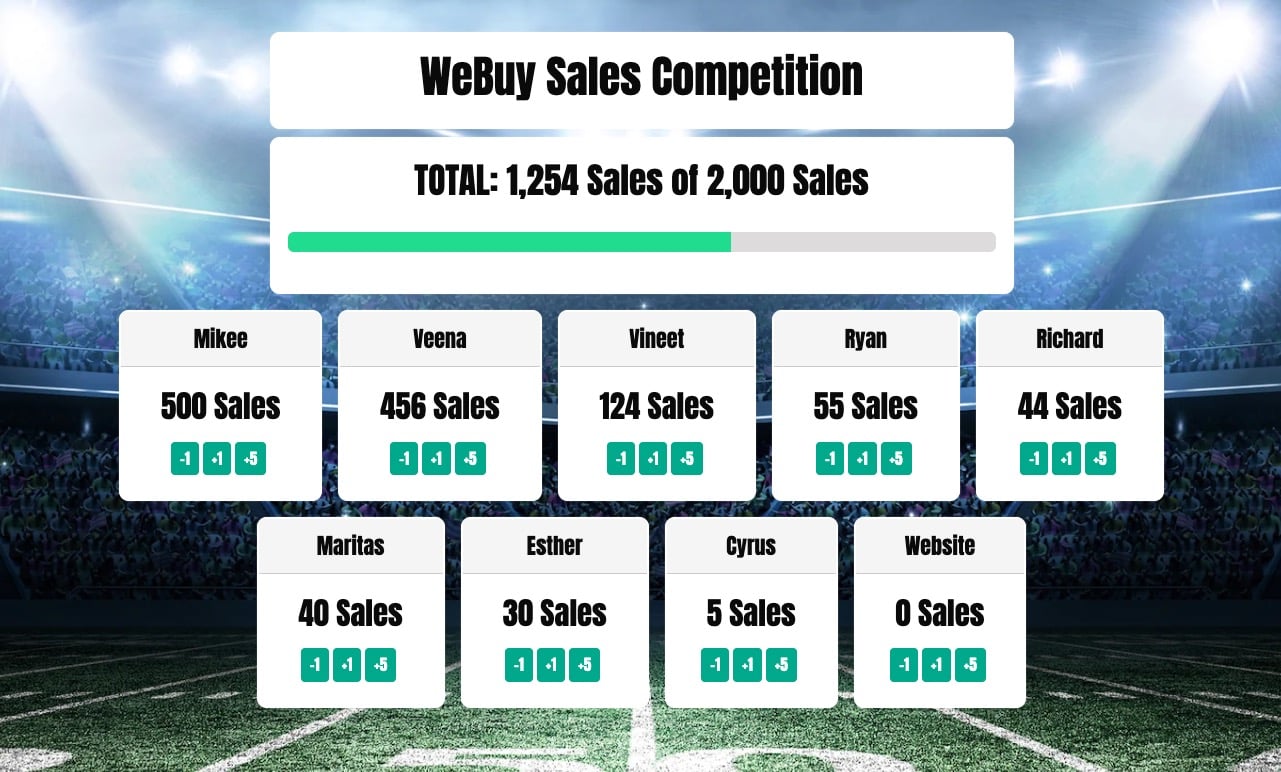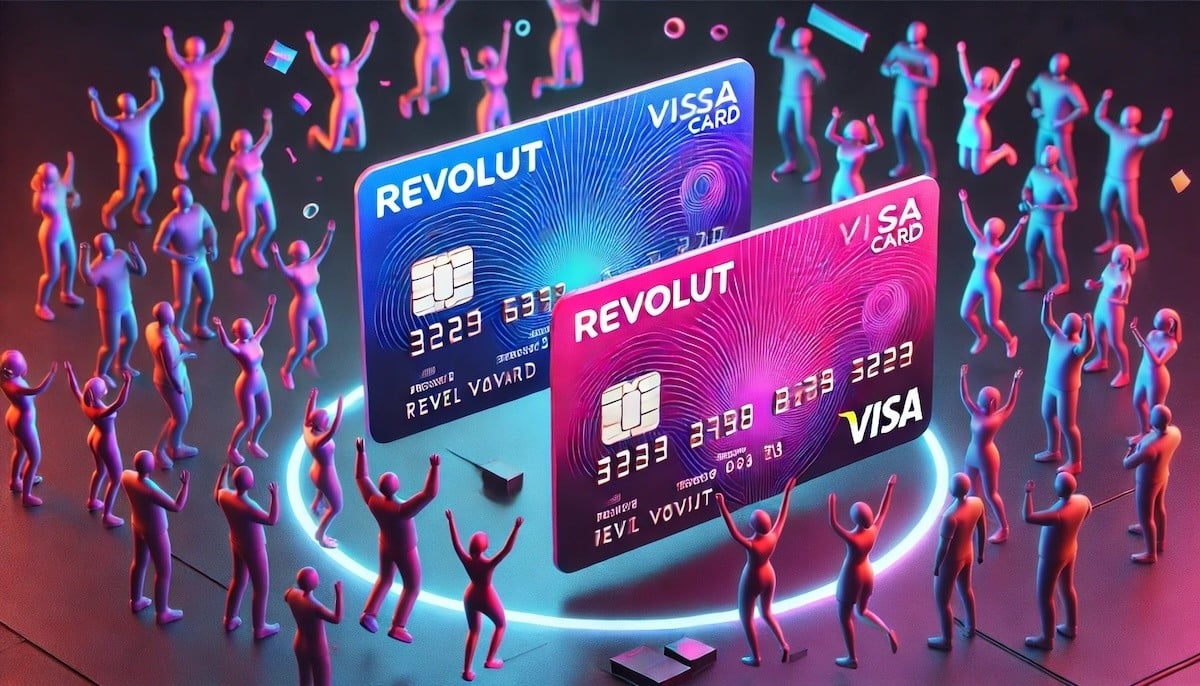
Gamification is a topic that has been popular for some time now. The reason is that it works! It works because most people are by nature competitive. They want to know how they compare to the rest of the pack. And sales people are more competitive than most, as you very well know. The domain is heavily numbers-driven which means that it is well-suited to gamification.
Let's look at a quick and cost-effective way to get started.
What Is gamification?
Simply put: gamification is putting "game elements" in a non-game environment. Why? To increase motivation, competition and overall positive outcomes. There are many of these "game elements" which have been used to gamify various things or processes, including:
- points (people get points for certain activities),
- levels (people have different seniority, depending on what they have done in the past),
- missions (go and do something measurable and be rewarded for completing it),
- badges/medals (one-off "rewards" that are visible on a user profile),
- leaderboards (see a ranked list of competitors),
- unlocks (get access to new features or content as a reward),
- events feed (what's been going on),
- notifications (get people to come back and engage),
- quizzes (test knowledge in a competitive setting),
- progress (show time invested).
This list is probably a bit overwhelming, and you should certainly not start by introducing all (or even three) of these elements at once.

Start simple, measure, improve, repeat
Instead, take baby-steps and start with a very simple gamification measure. Commit to it and then observe what happens.
The best place to start is creating a leaderboard for your sales team. Setting up a leaderboard is not hard, and you immediately have something tangible that you can present to the team. A lot of the other elements listed above require a more involved implementation such as user-logins, content creation and integration with existing systems.
If you discover that this one measure is capable of "moving the needle", you can then think about introducing more complex measures (and tools).
At the very least you will need one person to add data to the leaderboard (keep it up-to-date) as well as some channel/medium for showing the leaderboard. In the spirit of keeping things simple, we do not recommend allowing employees to add their own data or connecting up to an existing system. This is over-engineering!
The most fundamental question to answer is what will you be tracking on the leaderboard? This will determine whether your experiment is successful or not.
What to track on a sales team leaderboard?
The numbers or metrics that you track depends heavily on your business and the structure of your team. Some ideas are:
- The number of new customers acquired
- The number of newly acquired business accounts
- "Expansion MRR": the revenue coming from existing customers
- The number of onboarding calls to track the number of post-sale calls
- How long does it take on average to close a deal
Again, in the spirit of simplicity, use only one metric on your leaderboard. You can add more later, if required.
Your chosen metric should fulfil these essential criteria:
- The metric should be measurable per sales rep. Team metrics (the aggregate performance of the team) also have their place, but not on a leaderboard where you are showing individual performance.
- The sales reps should be capable of moving the metric. If he/she has little influence over it, it's a bad metric.
- The metric should be easy to measure. If it takes 30 mins to extract the metrics from your data by hand, then people are not going to bother.
Sales gamification software
Try using Keepthescore.com. It's extremely quick and easy to get started, and it's inexpensive too. It comes with a large number of configuration options, and you can create leaderboards like the ones show below.
 An online leaderboard from Keepthescore.com
An online leaderboard from Keepthescore.com
To create one, proceed as follows:
- Create a Leaderboard by clicking the button above 👆
- Choose the Leaderboard type
- Enter the name of each team member
- Click on "Create your leaderboard"
- Your leaderboard has been created!
- Under SETTINGS > Rankings and scores Change your Score suffix to Sales
- That's it, you are ready to go!
Even introducing a basic employee points system that awards staff for hitting targets can start boosting motivation.








